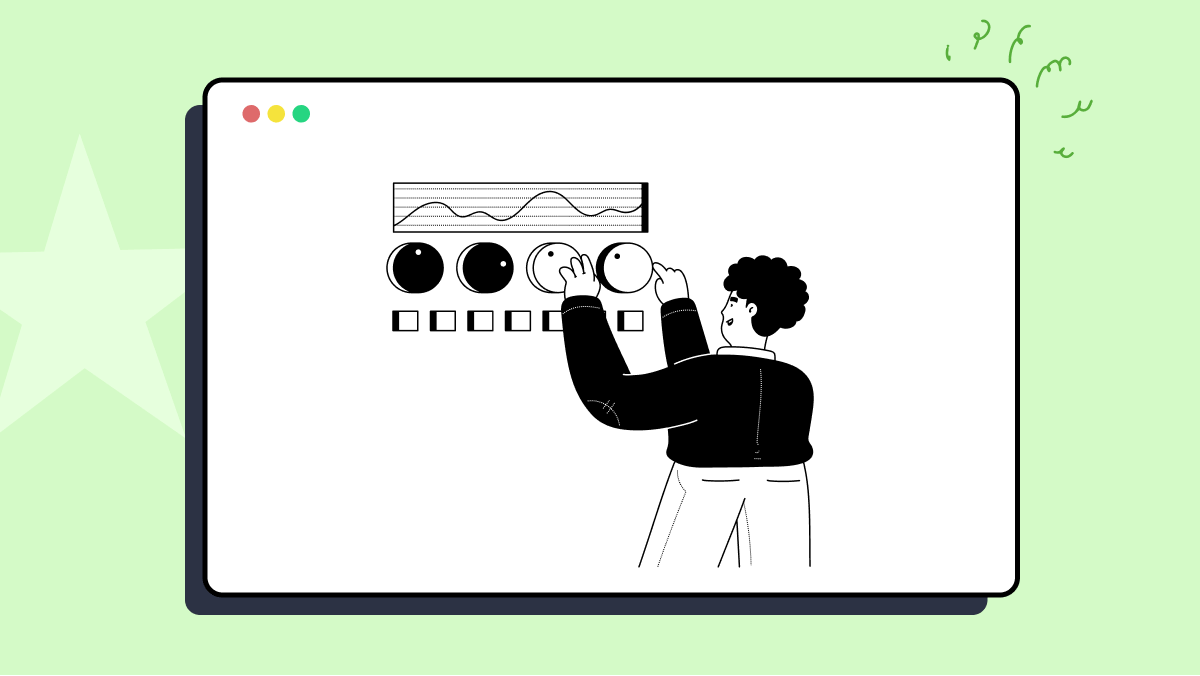How to use DefaultEnvArgResolver method of com.qaprosoft.carina.core.foundation.utils.Configuration class
Best Carina code snippet using com.qaprosoft.carina.core.foundation.utils.Configuration.DefaultEnvArgResolver
Source:DefaultEnvArgResolver.java
...21 * @author Aliaksei_Khursevich22 * <a href="mailto:hursevich@gmail.com">Aliaksei_Khursevich</a>23 *24 */25public class DefaultEnvArgResolver implements IEnvArgResolver26{27 @Override28 public String get(String env, String key)29 {30 if(Configuration.isNull(Parameter.ENV))31 {32 throw new RuntimeException("Configuration parameter 'env' should be set!");33 }34 return R.CONFIG.get(Configuration.get(Parameter.ENV) + "." + key);35 }36}...DefaultEnvArgResolver
Using AI Code Generation
1Configuration.getDefaultEnvArgResolver().resolve("env");2Configuration.getDefaultEnvArgResolver().resolve("env", "default");3Configuration.getDefaultEnvArgResolver().resolve("env", "default", "default");4Configuration.getDefaultEnvArgResolver().resolve("env", "default", "default", "default");5Configuration.getDefaultEnvArgResolver().resolve("env", "default", "default", "default", "default");6Configuration.getDefaultEnvArgResolver().resolve("env", "default", "default", "default", "default", "default");7Configuration.getDefaultEnvArgResolver().resolve("env", "default", "default", "default", "default", "default", "default");8Configuration.getDefaultEnvArgResolver().resolve("env", "default", "default", "default", "default", "default", "default", "default");9Configuration.getDefaultEnvArgResolver().resolve("env", "default", "default", "default", "default", "default", "default", "default", "default");10Configuration.getDefaultEnvArgResolver().resolve("env", "default", "default", "default", "default", "default", "default", "default", "default", "default");11Configuration.getDefaultEnvArgResolver().resolve("env", "default", "default", "default", "default", "default", "default", "default", "default", "default", "default");DefaultEnvArgResolver
Using AI Code Generation
1String env = Configuration.get(Configuration.Parameter.ENV);2String env = Configuration.get(Configuration.Parameter.ENV);3String env = Configuration.get(Configuration.Parameter.ENV);4String env = Configuration.get(Configuration.Parameter.ENV);5String env = Configuration.get(Configuration.Parameter.ENV);6String env = Configuration.get(Configuration.Parameter.ENV);7String env = Configuration.get(Configuration.Parameter.ENV);8String env = Configuration.get(Configuration.Parameter.ENV);9String env = Configuration.get(Configuration.Parameter.ENV);10String env = Configuration.get(Configuration.Parameter.ENV);11String env = Configuration.get(Configuration.Parameter.ENV);12String env = Configuration.get(Configuration.Parameter.ENV);13String env = Configuration.get(Configuration.Parameter.ENV);Blogs
Check out the latest blogs from LambdaTest on this topic:
There is just one area where each member of the software testing community has a distinct point of view! Metrics! This contentious issue sparks intense disputes, and most conversations finish with no definitive conclusion. It covers a wide range of topics: How can testing efforts be measured? What is the most effective technique to assess effectiveness? Which of the many components should be quantified? How can we measure the quality of our testing performance, among other things?
It’s strange to hear someone declare, “This can’t be tested.” In reply, I contend that everything can be tested. However, one must be pleased with the outcome of testing, which might include failure, financial loss, or personal injury. Could anything be tested when a claim is made with this understanding?
In some sense, testing can be more difficult than coding, as validating the efficiency of the test cases (i.e., the ‘goodness’ of your tests) can be much harder than validating code correctness. In practice, the tests are just executed without any validation beyond the pass/fail verdict. On the contrary, the code is (hopefully) always validated by testing. By designing and executing the test cases the result is that some tests have passed, and some others have failed. Testers do not know much about how many bugs remain in the code, nor about their bug-revealing efficiency.
Development practices are constantly changing and as testers, we need to embrace change. One of the changes that we can experience is the move from monthly or quarterly releases to continuous delivery or continuous deployment. This move to continuous delivery or deployment offers testers the chance to learn new skills.
Automation Testing Tutorials
Learn to execute automation testing from scratch with LambdaTest Learning Hub. Right from setting up the prerequisites to run your first automation test, to following best practices and diving deeper into advanced test scenarios. LambdaTest Learning Hubs compile a list of step-by-step guides to help you be proficient with different test automation frameworks i.e. Selenium, Cypress, TestNG etc.
LambdaTest Learning Hubs:
- JUnit Tutorial
- TestNG Tutorial
- Webdriver Tutorial
- WebDriverIO Tutorial
- Protractor Tutorial
- Selenium 4 Tutorial
- Jenkins Tutorial
- NUnit Tutorial
- Jest Tutorial
- Playwright Tutorial
- Cypress Tutorial
- PyTest Tutorial
YouTube
You could also refer to video tutorials over LambdaTest YouTube channel to get step by step demonstration from industry experts.
Most used method in Configuration
- DefaultEnvArgResolver
- getKey
- getInt
- getLong
- getDouble
- getBoolean
- asString
- validateConfiguration
- getEnvArg
- getEnvArgResolver
- isNull
- getAdbExecTimeout
- getPlatform
- getPlatformVersion
- getBrowser
- getBrowserVersion
- getDriverType
- getMobileApp
- setMobileApp
- getCapability
- setBuild
- getSeleniumUrl
- getThreadCount
- getDataProviderThreadCount
Try LambdaTest Now !!
Get 100 minutes of automation test minutes FREE!!



